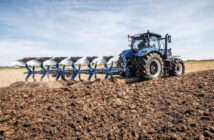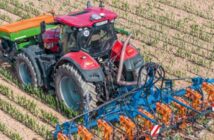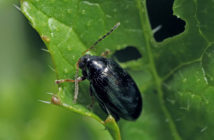Soils support and sustain our crops. They are, quite frankly, miraculous. But being complex, they can be difficult to manage. One key challenge is to know what a healthy soil looks like, so land can be worked with that in mind.
A healthy soil optimises the physical, chemical and biological properties of soil and AHDB has made several key investments in these areas in recent years. While the former two are now relatively well understood, biological properties are not.
Working with other AHDB sectors and the British Beet Research Organisation (BBRO), one million pounds has now been invested in a five-year Soil Biology and Soil Health Partnership to build understanding – so the headline questions can be answered.
The programme
The new programme of research and knowledge exchange has been designed to help farmers and growers maintain and improve crop productivity, through better understanding of soil biology and soil health.
Comprising eight scientific partners and six industry partners, the Partnership has a robust practical and scientific foundation. As the Partnership will work closely with farmers, growers and advisers, the programme will draw together and build on knowledge and experience to create accessible guidance and tools to help with the management of soil health.
The programme comprises a series of interlinked projects, conducted within three main work packages (WP). A summary is provided here. The project web page contains further more details: cereals.ahdb.org.uk/shp
WP1 Benchmarking and baselining activities
> Literature reviews
> Updates to descriptive soil models
> Identification of methods to measure soil health
> Review of molecular approaches to assess soil biological function
> Development of visual soil health tools
WP2 Measuring and optimising long-term impacts of soil management
> Quantification of management practices
> Evaluation of soil health assessment tools
> Long-term trials to explore soil biological functioning
> Development of molecular assessment tools
> Exploitation of DNA-based analysis, including ‘next generation’ sequencing methods
> Quantification of soil amendment use
WP3 Knowledge exchange (underpins whole programme)
> Working with the whole agri-food sector
> Measurement of the impact of on-farm soil health management innovations (using paired field comparisons and split field treatments)
> Promotion of project findings
Dr Amanda Bennett, AHDB resource management scientist, said: “The partnership brings the industry together to advance ways to measure soil health status. A practical toolkit and guidance will also be developed to help growers maximise the productivity of their land.”
Partnership points
Funding: £999,803 (AHDB £858,869 and BBRO £140,934)
Duration: 2017 to 2021
Lead partner: NIAB




